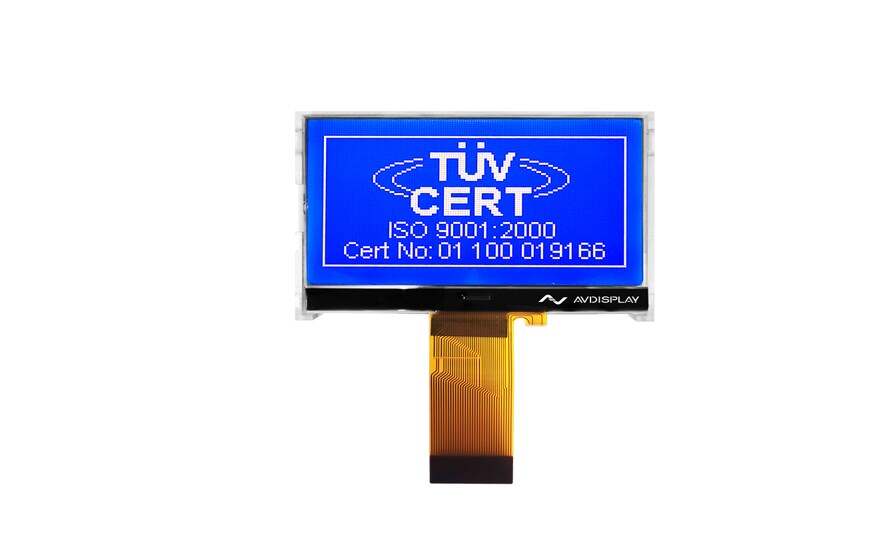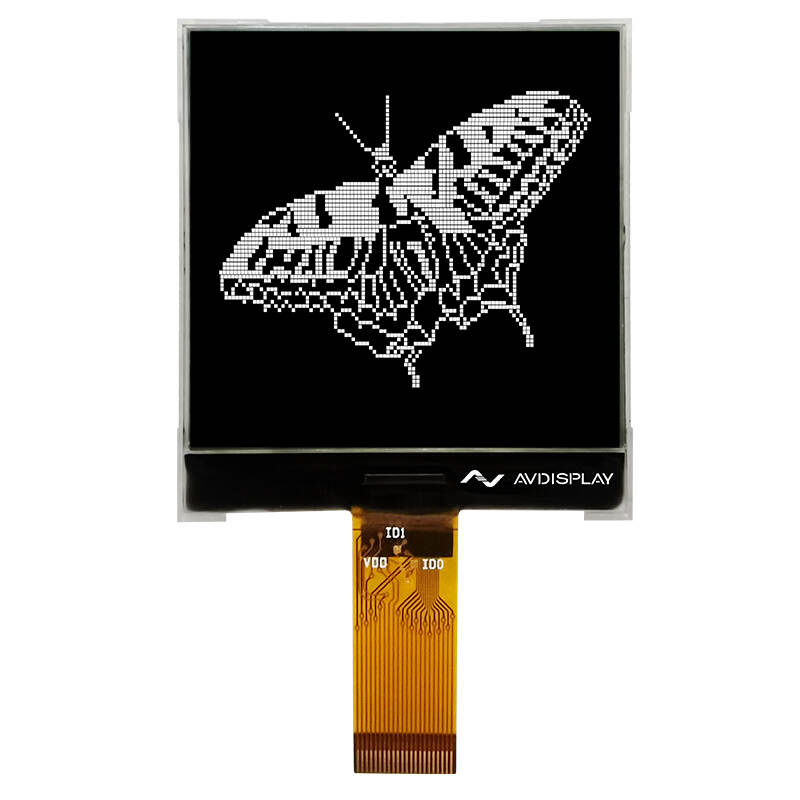Email format error
Email cannot be empty
Email already exists
6-20 characters(letters plus numbers only)
The password is inconsistent
Email format error
Email cannot be empty
Email does not exist
6-20 characters(letters plus numbers only)
The password is inconsistent


Have you ever picked up a device and marveled at its crystal-clear display? Look closer, and you might find yourself staring at a COG LCD screen. But what exactly is it, and how does it enhance your visual experience? Let's dive into the world of display technology and discover the secrets behind the screens that power our everyday gadgets.

What Makes COG LCDs Unique?
COG, which stands for Chip On Glass, is a type of LCD screen assembly process that involves attaching the integrated circuit (IC) directly onto the glass substrate of the LCD panel. This method is known for its compactness and cost-effectiveness.
The COG LCD Process
In the COG process, the IC chips are mounted on the glass using conductive adhesive, allowing for a thinner and lighter display module. This process is particularly favored in small to medium-sized displays.
Space Efficiency
One of the main benefits of COG LCD screens is their compact design. By placing the IC directly on the glass, manufacturers can save space, which is crucial for portable devices.
Cost-Effectiveness
The COG process is more cost-effective compared to other assembly methods, making it an attractive option for mass-produced devices where affordability is key.
Improved Yield
The direct bonding of the IC to the glass substrate in COG LCDs can lead to higher production yields, reducing the number of defective units and lowering production costs.
Portable Electronics
Smartphones, tablets, and e-readers often use COG LCD screens due to their slim profiles and cost benefits, providing users with high-quality displays without a hefty price tag.
Automotive Displays
In vehicles, COG LCD screens are used for dashboards and infotainment systems, offering a clear and space-efficient display solution.
Industrial Equipment
Machines and industrial equipment that require compact and reliable displays often utilize COG LCD screens for their durability and cost-effectiveness.
The LCD Panel
At the heart of a COG LCD screen is the liquid crystal display panel, which modulates light to create images. The COG process enhances this by integrating the driving circuitry directly with the panel.
Light Source
COG LCD screens typically use a backlight to illuminate the display, ensuring that the image is visible even in low-light conditions.
Polarizers and Color Filters
Polarizers and color filters are used in conjunction with the LCD panel to control the light passing through and to produce the full spectrum of colors seen on the screen.
Optimizing the IC Placement
The placement of the IC chips on the glass substrate is crucial for the performance of the COG LCD screen. Engineers must carefully design the layout to ensure optimal electrical connections and display performance.
Thermal Management
As with any electronic component, thermal management is essential for COG LCD screens. Proper heat dissipation is necessary to prevent damage to the ICs and to maintain the longevity of the display.
Robustness and Durability
While COG LCD screens are designed for compactness, they must also be robust enough to withstand the rigors of daily use, especially in portable devices.
As technology advances, we can expect COG LCD screens to continue evolving. Innovations in materials, manufacturing processes, and energy efficiency will further enhance the capabilities and appeal of COG LCD screens.
COG LCD screens are a testament to the ingenuity of display technology, offering a balance of performance, cost, and space efficiency. From the palm of your hand to the dashboard of your car, these screens are an integral part of our digital lives. As we look to the future, the role of COG LCD screens is set to expand, bringing clearer, more efficient displays to an ever-growing array of devices.